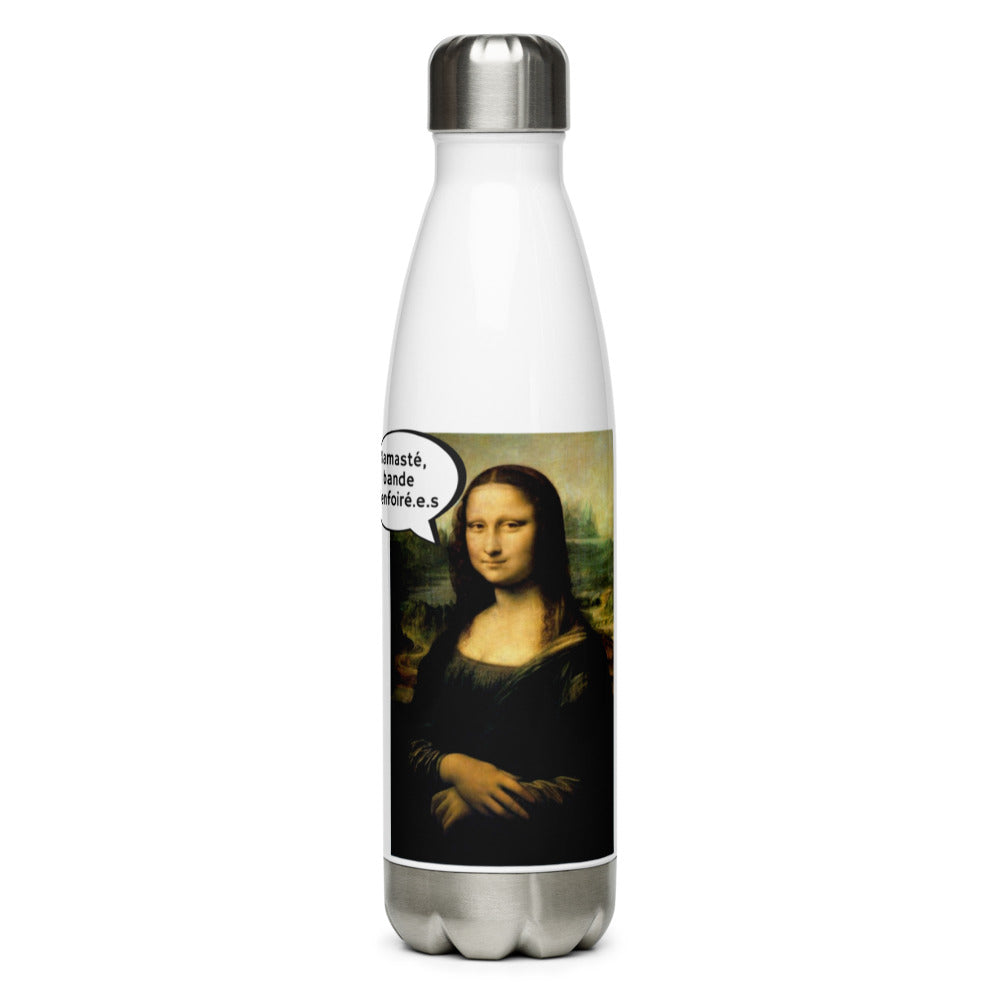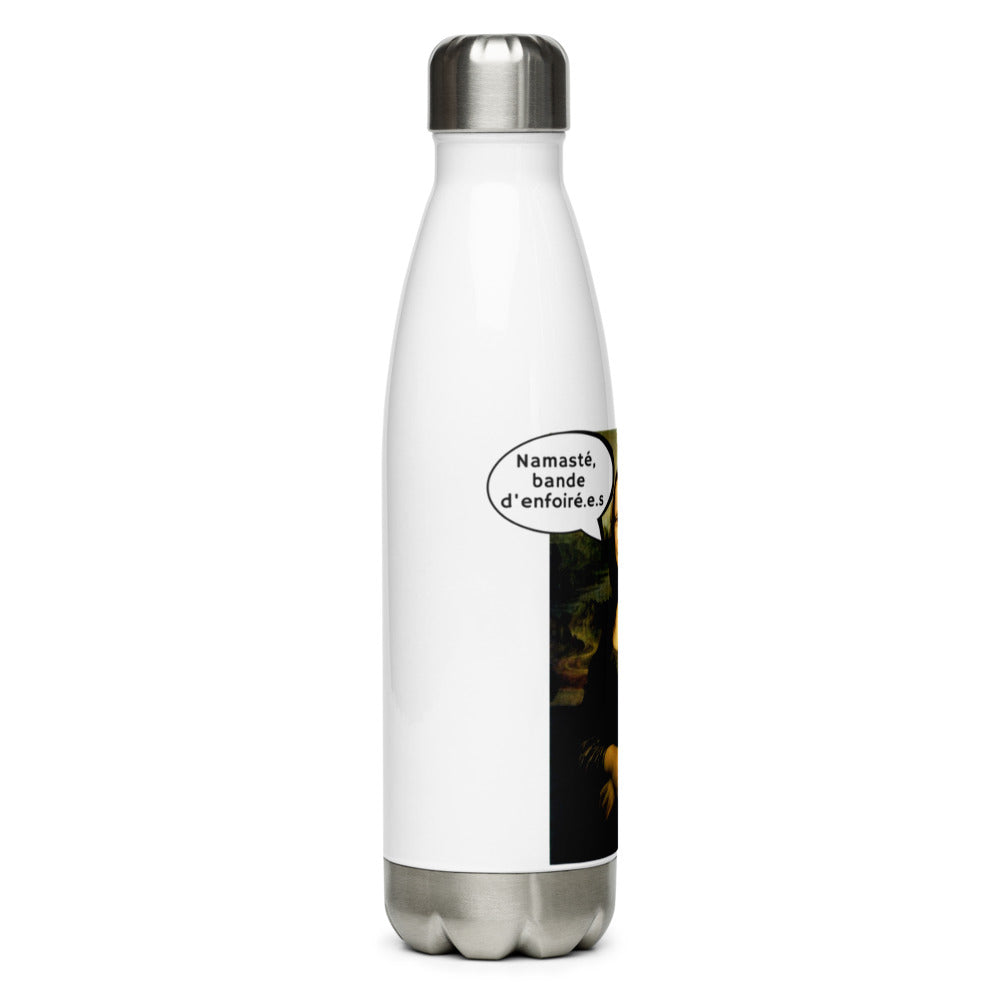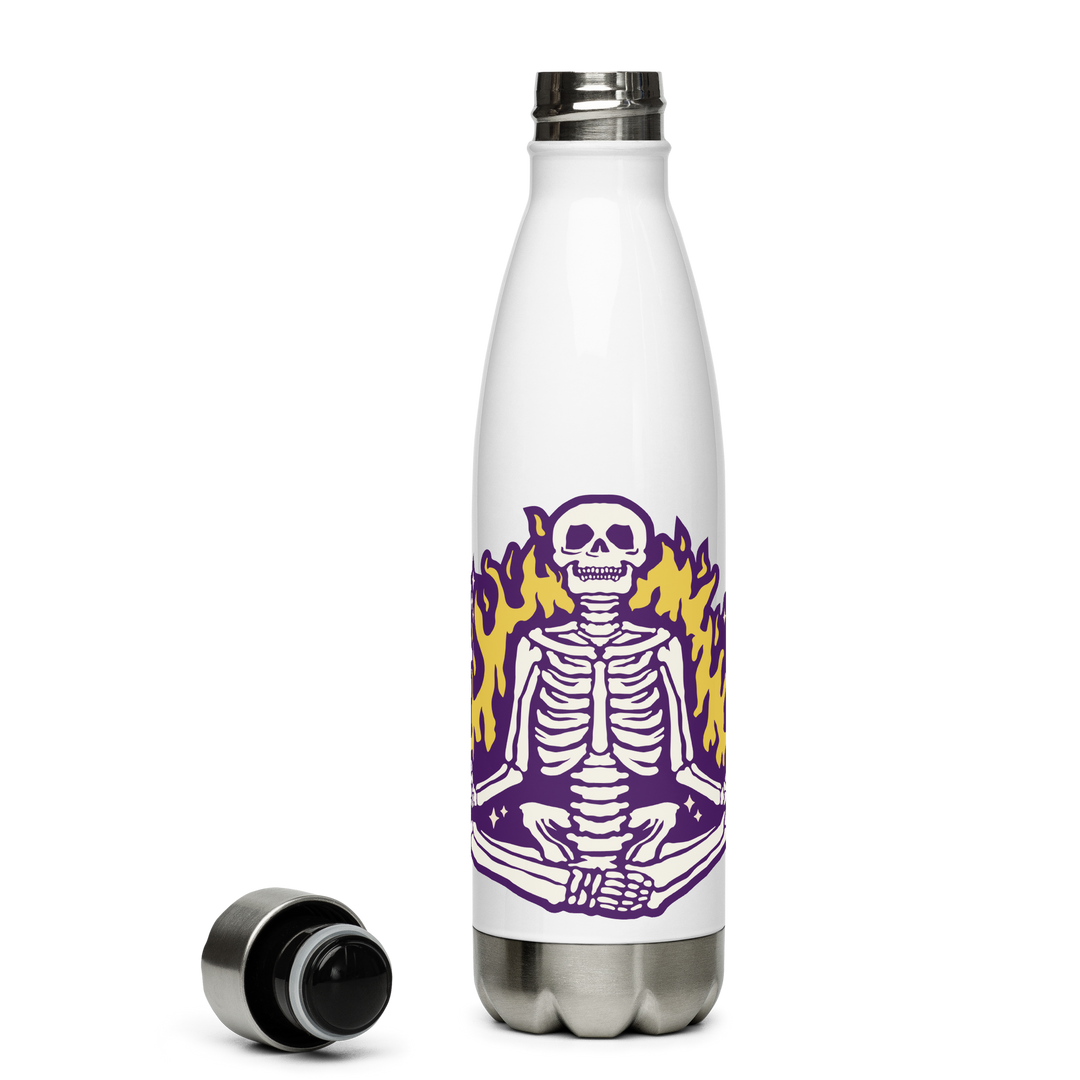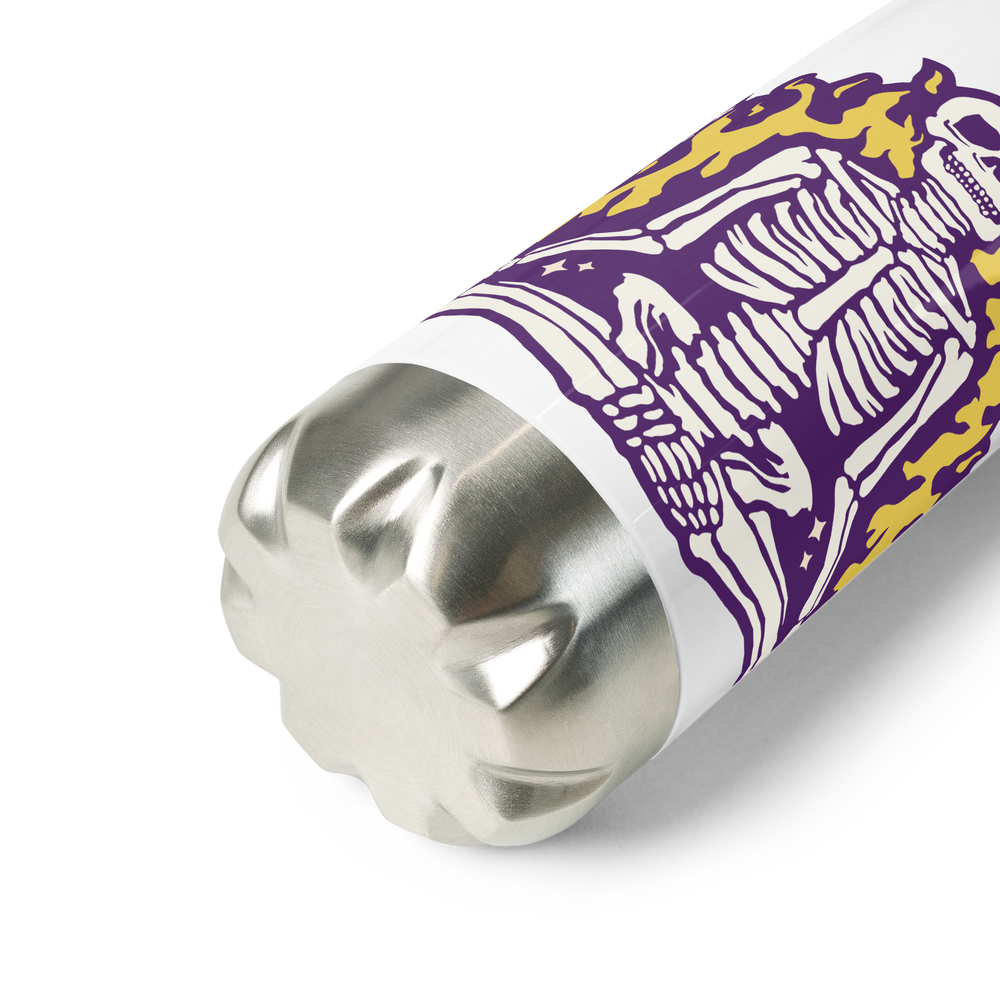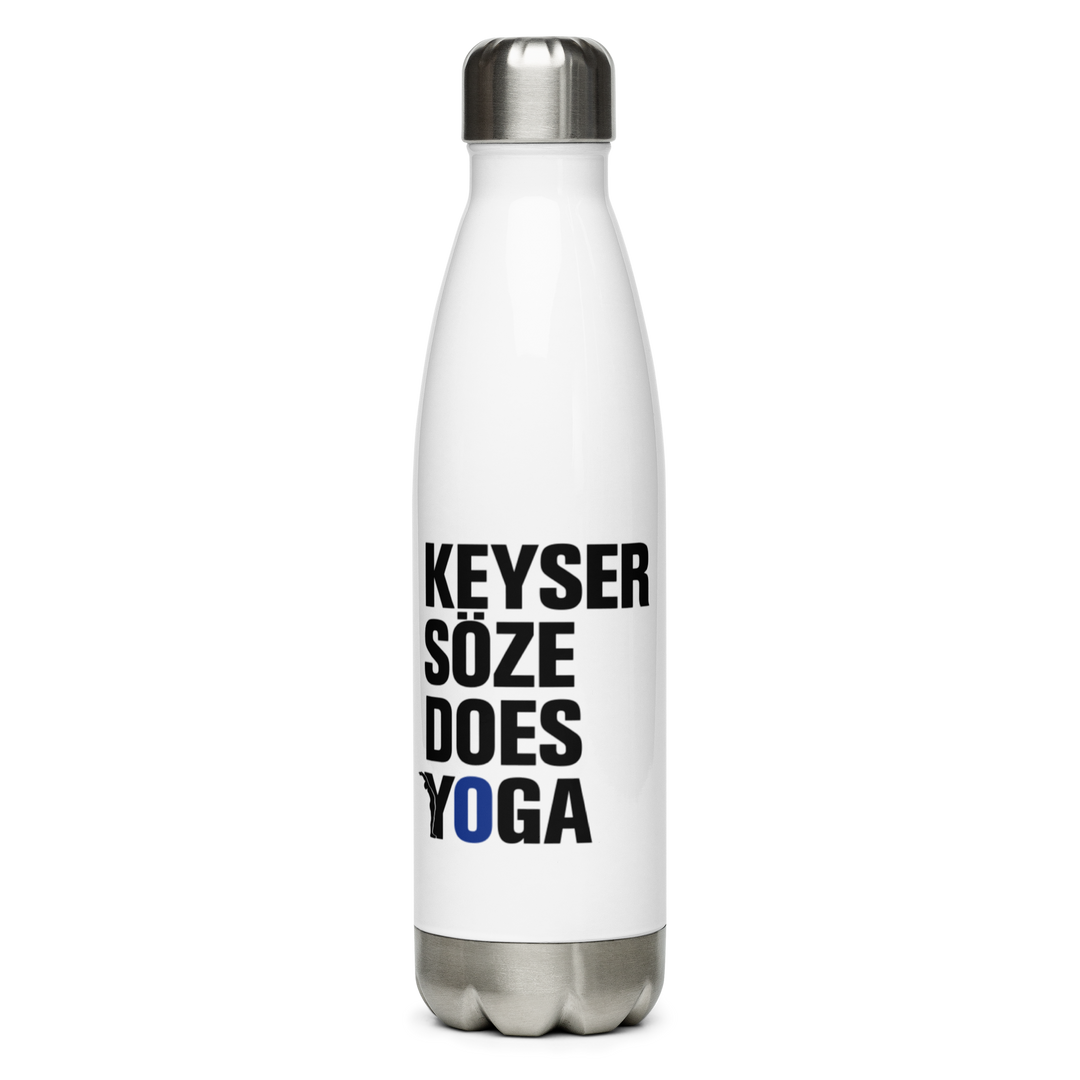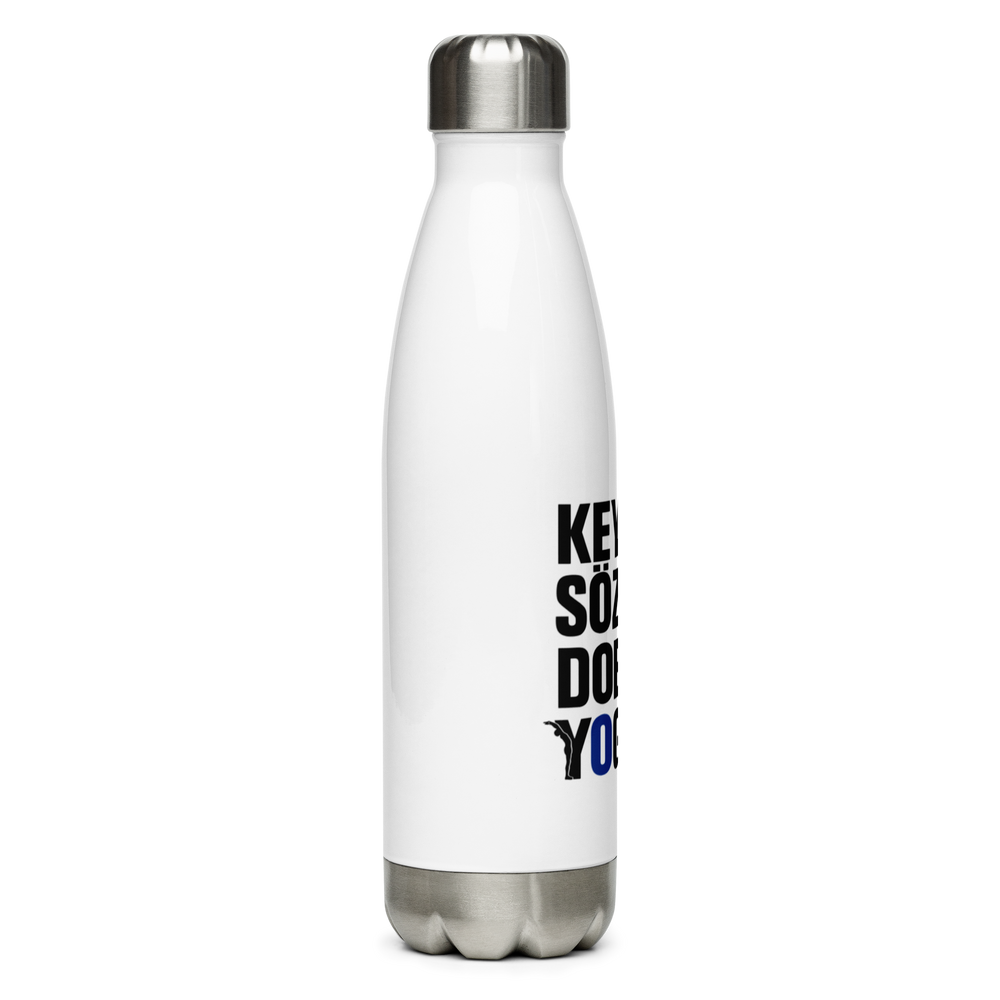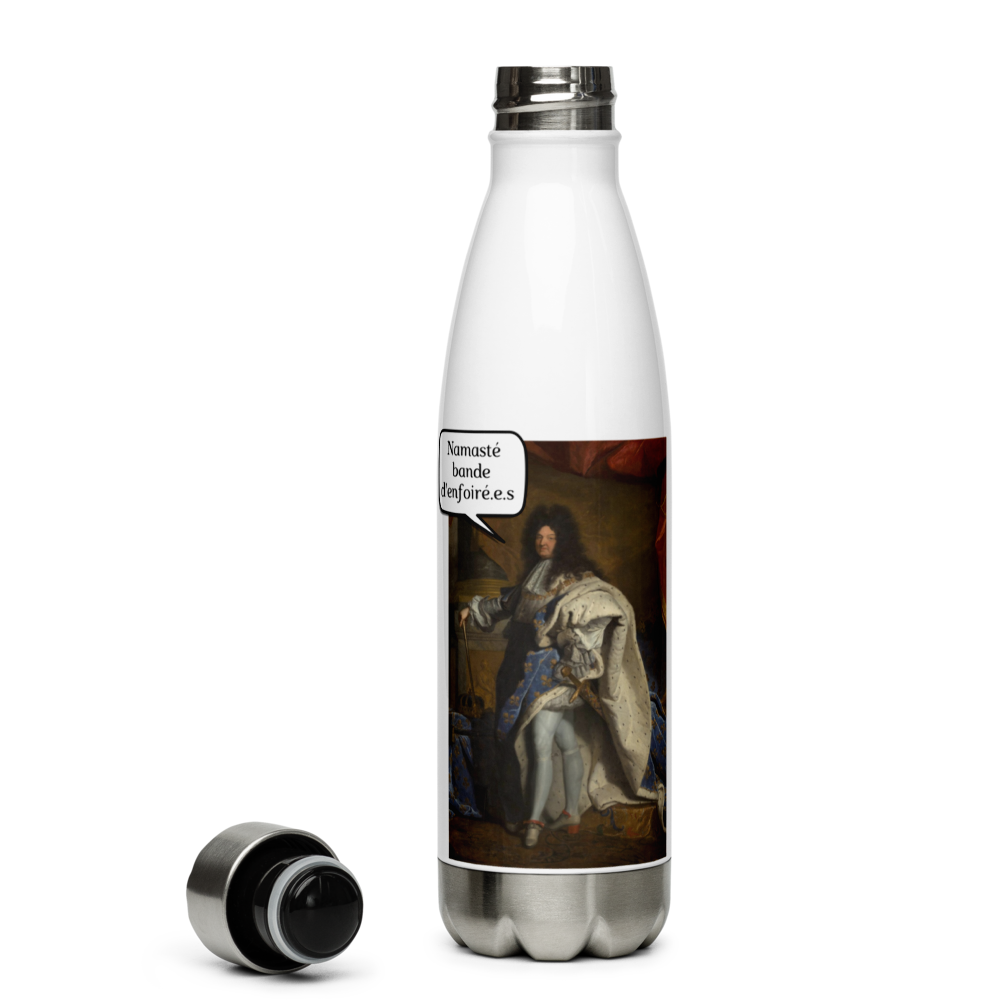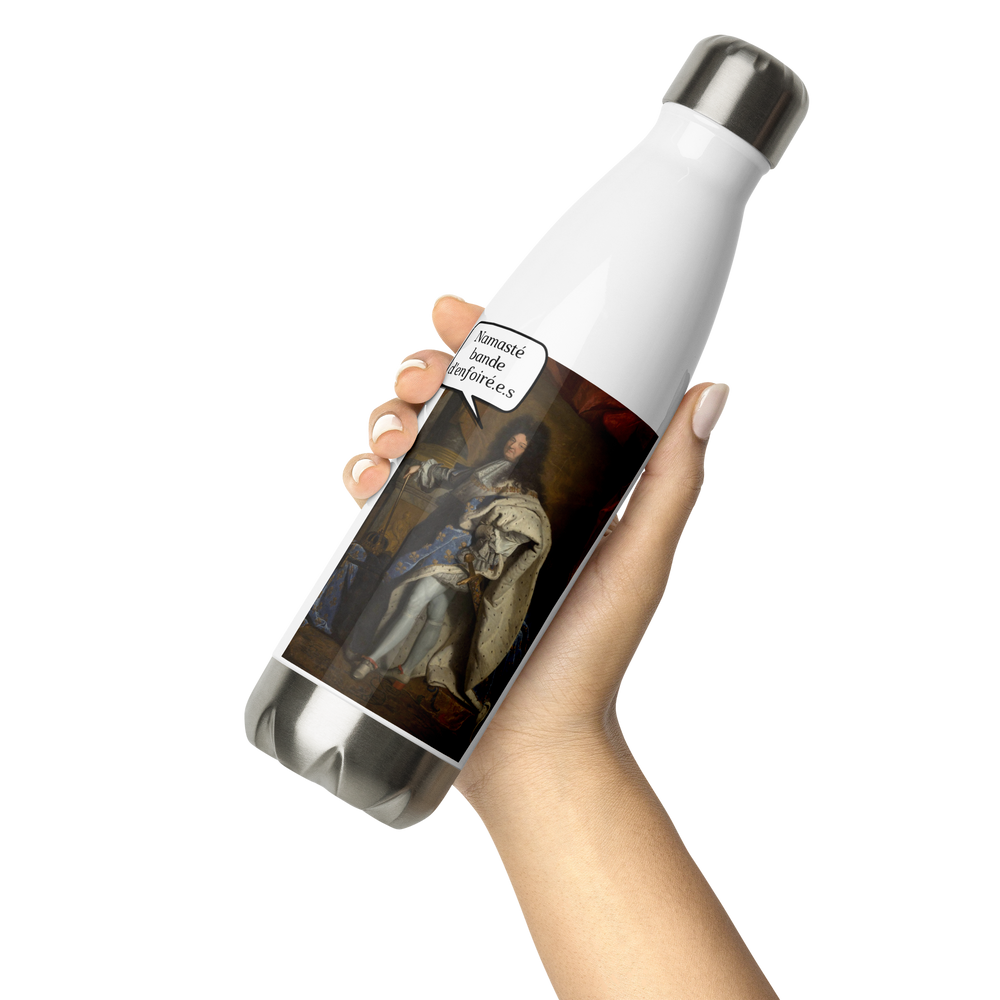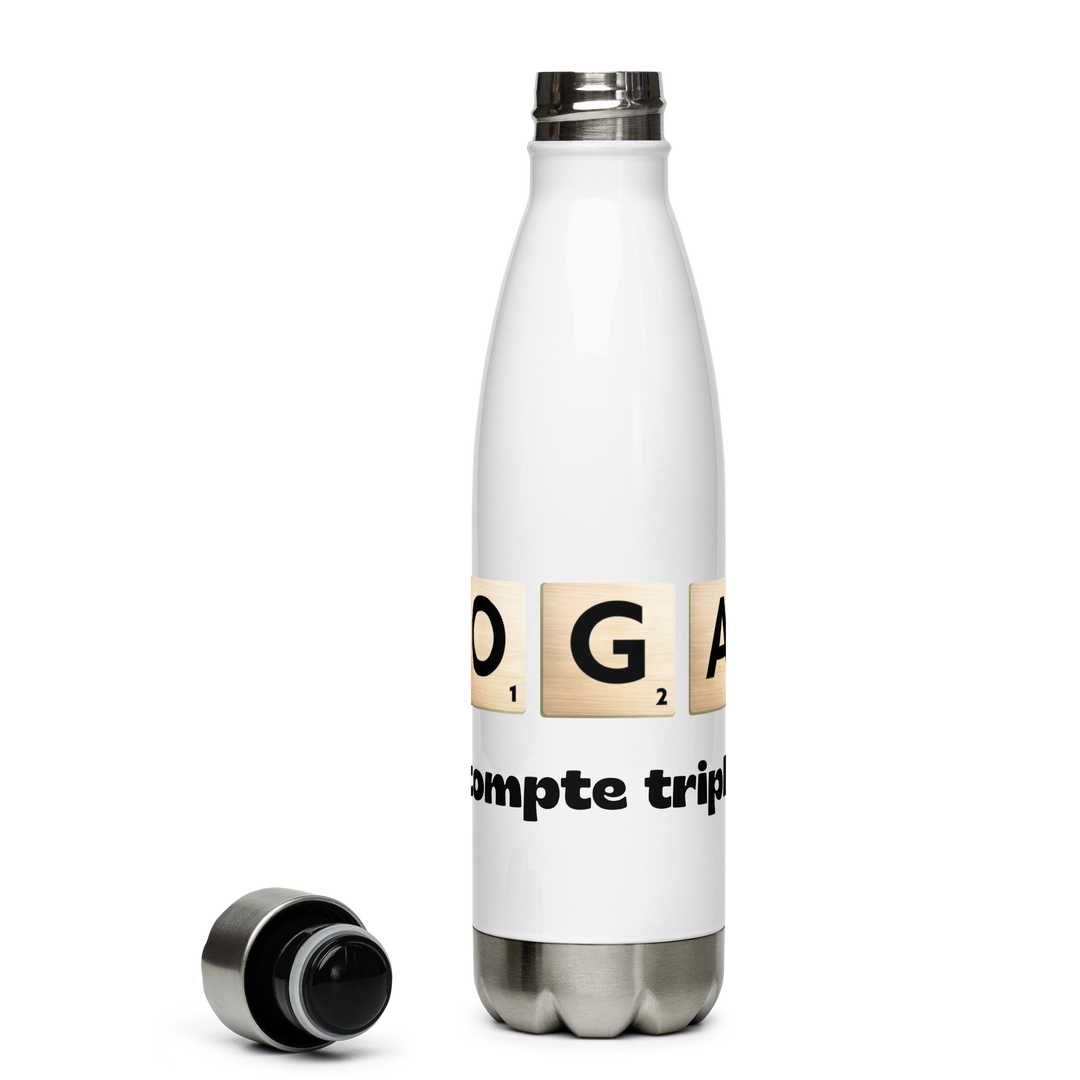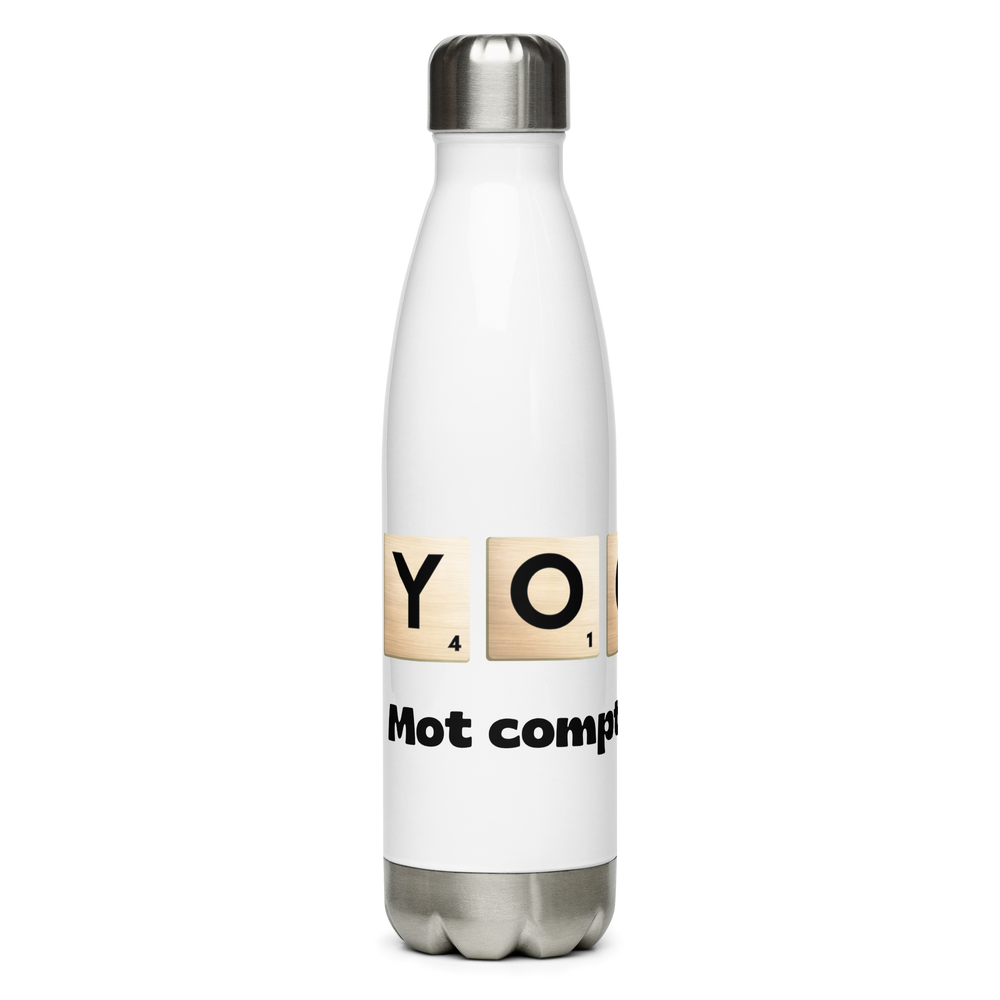Your t-shirt will have no more secrets for you

T-shirts are durable and versatile garments that are very attractive and can be worn as outerwear or underwear. You probably wear them for your yoga sessions.
Since their inception in 1920, T-shirts have evolved into a multi-billion dollar market.
T-shirts come in a variety of colors, patterns, and styles, such as standard crew neck and v-neck, as well as tank tops and scoop necks.
T-shirt sleeves can be short or long, capped, yoked or raglan. Additional features include pockets and decorative trims.
T-shirts are also popular clothing items on which to display one's interests, tastes and way of thinking using custom screen printing or heat transfers.
In this article, we take a look at cotton t-shirts. We’re going to reveal their secrets to you.
The next time you put on your t-shirt before your yoga session, you'll know everything about this essential piece of clothing.
Raw materials used in the manufacture of t-shirts
Most T-shirts are made of 100% cotton, polyester, or a cotton/polyester blend. Eco-friendly manufacturers may use organic cotton and natural dyes (like yofe for example...).
Stretchy t-shirts are made of knitted fabrics, particularly jerseys, rib knits and interlock rib knits, which consist of two ribbed fabrics that are joined together.
Cotton spinning, a step that plays a major role in the quality of your t-shirt
There are several ways to spin yarn, but the most common spinning methods for cotton for T-shirt manufacturing are open-end spinning, ring spinning, or compact spinning.
Open End Spinning
Open-end spinning, also known as break-end spinning or rotor spinning, is a technology that was created to allow the creation of yarn without the use of a spindle.
The sliver from the carding process enters the rotor where the rotor action twists to spin the sliver into yarn which is continually pulled out of the chamber and wound onto a bobbin.
Open-end spinning is limited to producing thicker or coarser yarns. The yarns are hairier, and the fabric will be more likely to pill, so it is not a good method for making quality textiles.
Ring Spinning
This is the oldest system and based on original spinning methods. Ring spinning is a continuous process in which fibers are twisted and shrunk to create a fine rope of cotton fibers. The more the fiber is twisted, the softer the fabric will be.
It works using a pressed steel ring frame. The spindles are placed on each side of the frame, while the drawing rollers are placed above them with a creel loaded with bobbins of what is called roving (an unspun yarn).
Ring spinning is not used as much in production as open end systems, but it still produces yarn that is of higher quality.
The yarns are thinner and smoother, more durable and much less hairy than an open-end yarn. However, due to the extra steps that go into roving and winding the yarn and the slower production rate, it results in it being much more expensive to produce the yarn by this method.
Compact Spinning
Compact spinning is a modern method of condensing fibers together by air suction to create a more optimal integration into the body of the yarn.
Air suction pulls the fibers into the yarn to give it softness and strength. The yarn is then twisted tightly.
Because the fibers are drawn tightly into the yarn, good quality yarns can be produced from short length cotton because no fibers stick out. Another advantage is that the yarn can be produced at a higher speed than ring spinning.

The elements of the t-shirt
The collar of the t-shirt
Necklines add support to the garment and give the t-shirt a more finished look. Necklines are usually single-rib knits, although heavier fabrics or higher quality t-shirts may require two-by-two rib knits.
Neck warmer fabrics can be tubular ribbed knits of specific widths or flat fabrics that need to be sewn.
Other t-shirt materials include tape or stitching, twill or other stiff fabric.
Binding reinforces the neckline and shoulder seams and protects them from tearing under stress. Alternatively, elastic can be used at the shoulder seams to keep them flexible.
The thread of the seams
Thread is of course an essential element in sewing any garment. Several types and colors of thread can be used to make a single T-shirt.
Some manufacturers use white thread for the seams of all their t-shirts, regardless of color, eliminating the extra work of changing threads. Visible topstitching is done with a thread color that blends in with the fabric.
Colorless or monofilament thread can be used for hemming any colored fabric, again eliminating the need to change threads often, although monofilament thread may be somewhat irritating to the skin.
The manufacturing process
Making T-shirts is a fairly simple and largely automated process. Specially designed machines integrate cutting, assembly and sewing for the most efficient operations.
The most commonly used seams for T-shirts are narrow, overlapping seams, which are usually made by placing one piece of fabric on top of another and aligning the edges of the seams.
These seams are often sewn with an overlock stitch, which requires one needle thread from the top and two looper threads from the bottom. This particular combination of sewing and stitching results in a flexible finished seam.
Another type of sewing that can be used for T-shirts is bound seams, in which a narrow piece of fabric is folded around a seam, such as at the neckline.
These seams can be sewn together using a lockstitch, a chain stitch, or an overlock stitch. Depending on the style of the T-shirt, the order in which the garment is assembled may vary slightly.
Quality control
Most apparel manufacturing operations are governed by federal and international guidelines.
Manufacturers can also set guidelines for the business. There are standards that apply specifically to the t-shirt industry, which include proper sizing and fit, proper needles and seams, stitch types, and stitch counts per inch.
Stitches should be loose enough to allow the garment to stretch without causing the seam to break. Hems should be flat and wide enough to avoid bunching.
T-shirts should also be inspected for proper application of the necklines, which should lie flat against the body. The neckline should also recover properly after being slightly stretched.
Yofe Yoga T-shirts
We have selected for you a wide range of yoga t-shirts that you can also wear outside of your sports sessions.

- Triblend Casual T-Shirt : This is a tee shirt made of 50% polyester, 25% combed and ring-spun cotton, 25% rayon. This fabric is ideal for yoga practice because it offers excellent freedom of movement and air circulation for optimal comfort. In addition, the side seams do not bother you during your yoga sessions. You can barely feel it on your skin...
- Organic cotton t-shirt : made of 100% organic ring-spun cotton, this is a lightweight yoga t-shirt . The single jersey weave prevents the t-shirt from wrinkling while being stretchy.
- Women's T-shirt : Made from 100% combed and ring-spun cotton, this t-shirt is lightweight. It is very comfortable to wear and its close-fitting cut improves comfort.
- Tank Top : With a single jersey weave, this 100% organic combed ring-spun cotton yoga tee is very comfortable to wear. With its fitted cut and featherweight, this yoga tank top will almost be forgotten.
Beyond manufacturing, there is also the whole environmental aspect.
Whether it is the sourcing of raw materials or working conditions... These points must be taken into account to be an eco-responsible brand.
YOFE products are OEKO TEX 100 and GOTS certified. For inks we use water-based inks that are certified vegan and non-harmful (CPSIA).
If you are looking for information to help you choose the right yoga leggings, YOFE offers an article to help you https://yofeyoga.com/blogs/blog-yofe-yoga/comment-bien-choisir-son-legging-de-yoga





